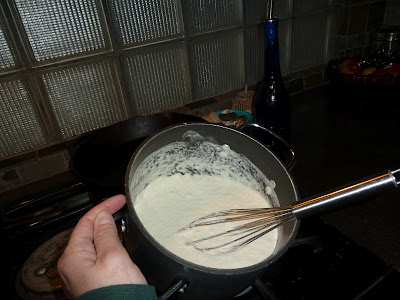WOW! What a fascinating process. I am so thankful their article was published! Throughout the month of March my second grade students participated in a Slice of Life writing challenge. This provided students with several snippets of their life to choose from when selecting a writing topic for a personal narrative story.
Bogard and McMackin suggested a 5-step process for writing a narrative story in their article. This is what that process looked like for us.
Step 1: Planning
Anyone who has worked with young children knows they do not spend much time planning what to write! Typically they think of an idea and get down to business. Bogard and McMackin suggested that you begin this process by having students map out key points of their stories using a graphic organizer. Here is the organizer I made for my students. Graphics are from Scrappindoodles and DJ Inkers.
Story Map
How come I never thought of this! Such a wonderful idea. It really helped students remember and add so much more detail to their writing! Second graders made short videos of themselves telling their stories using Glogster EDU. They have worked with Glogster EDU independently so this went fairly quickly. As always, we had a few technical difficulties, but overall it only took us a couple of days to get everyone recorded.
Step 3: Listening, Critically Thinking and Conferring
After the children recorded their stories they listened to themselves and wrote their stories out on paper. We finished this just before heading off for Spring Break. Perfect timing if you ask me! A week away from their stories did wonders for their editing.
Upon our return to school we worked on adding details with our writing partners. Students practiced adding details through questioning. A strategy taken from Mentor Texts: Teaching Writing Through Children's Literature, K-6 by Lynne R. Dorfman & Rose Cappelli. As we continued to write we focused on word choice; thinking about making use of special vocabularies we have under our belts. Leads; making them more interesting using mentor texts. And endings; working hard to compose satisfying endings for our audiences.
Throughout these lessons I continuously referred to our Writing Process chart to remind students that we can move back and forth through the process until we decide to finally publish for our intended audience.
 |
| This is the chart we use to remind ourselves of the writing process and how it works. |
Step 4: Creating Storyboards
Here you can see students using their planning sheets to organize their stories.
Step 5: Creating Digital Stories
This was one of the most exciting parts of the entire process! The kids loved recording themselves as well as listening to themselves reading aloud. It has done wonders for their editing, fluency (expression & prosody) and self esteem. We used Photo Story 3 which is a free download for PC's and super easy to use. The video will work best if you make sure all the photos you use and the finished photo story are saved in the same file. To avoid technical difficulties I went ahead and created each photo story on my computer rather than have the kids try to do it independently on their Mini Dells. Next year I will start this process earlier in the year and hopefully have time to teach the kiddos how to upload their own photos and create a photo story independently. I can't wait to get them all finished and published on our classroom website. Here is a sample of one students finished product. I uploaded the photo story to Youtube in order to embed it into my blog.



























